When it comes to Tibet, no one can omit the unique Buddhist monasteries here. Every year, groups of travelers make their visits to Tibet for the worship of the sacred Tibetan monasteries, and pious believers do lifetime pilgrimages from distant places.
But for first-timers to Tibet or travelers with little knowledge about Tibetan religion or monasteries, many things should be figured out before your trip. Here in this passage, we will introduce the top 9 Tibetan monasteries to visit, as well as insider tips on visiting these sacred sites, to help you go with a smooth Tibet tour with monastery exploration.
1. Jokhang Temple - the Most Sacred Temple in Tibet
Jokhang Temple holds supreme status in Tibetan Buddhism, boasting a history of over 1300 years. It is believed that the city of Lhasa came into being after the construction of Jokhang Temple. This temple stands as the most splendid existing building from the Tubo period in Tibet. Devotees perform their pious prostrations on the limestone floor in front of the temple, and thousands of butter lamps are lit here.
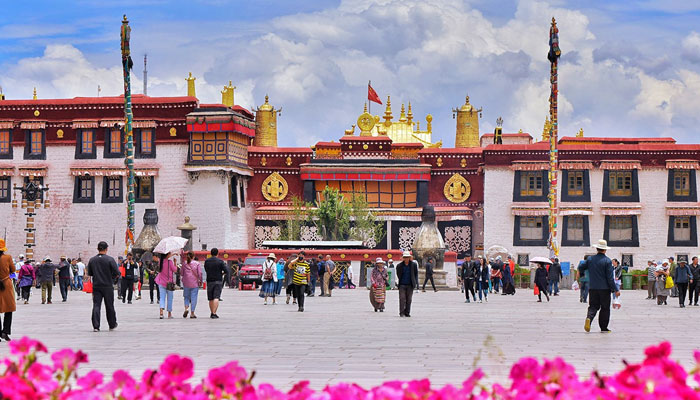 Jokhang Temple holds supreme status in Tibetan Buddhism.
Jokhang Temple holds supreme status in Tibetan Buddhism.Located just 1.5 kilometers east of the Potala Palace and near Barkhor Street, Jokhang Temple is typically visited alongside these two landmarks on the first day of a classic Lhasa city tour. Tourists can marvel at the full-sized 12-year-old Buddha statue of Sakyamuni within the temple and do kora around Jokhang Temple following the famous Barkhor Circuit.
2. Sera Monastery - Home of Buddhist Debates and Monastic Life
If time allows, one should not miss Sera Monastery, one of the 'Great Three Gelugpa Monasteries' in Tibet (the other two are Drepung and Ganden). Sera Monastery has been a place where monks and living Buddhas have preached since ancient times. It is now widely famous for the monk debates held in the courtyard. These debates are unique and interesting, usually taking place in the afternoon, between 3:00 and 5:00 p.m.
Situated just 7 kilometers from the Potala Palace, visiting Sera Monastery is remarkably convenient. Nestled at the base of a mountain in the northern suburbs of Lhasa, Sera Monastery is surrounded by lush greenery and numerous trees. The area is spacious, so you'll want to explore every corner when visiting. Despite being situated on a hillside, the terrain is gently sloping.
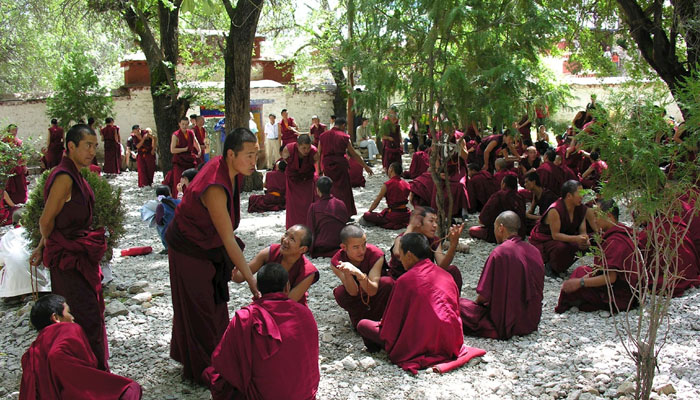 Monks debating in Sera Monastery
Monks debating in Sera Monastery3. Drepung Monastery - the Largest Monastery in Tibet
Built in 1416 by the disciple of Tsongkhapa, Drepung Monastery was initially quite small, with just a small hall of about a dozen square meters and seven monks. However, through expansions, the monastery's architectural area grew to approximately 200,000 square meters, making it the largest monastery in Tibet. At its peak, the monastery held more than 10,000 monks.
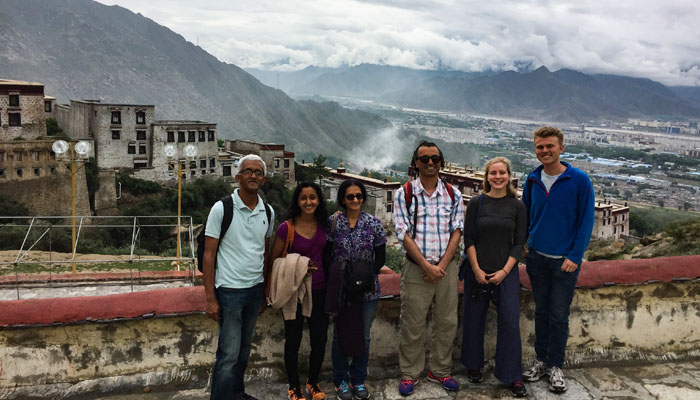 Visiting the Drepung Monastery, the largest monastery in Tibet.
Visiting the Drepung Monastery, the largest monastery in Tibet.The main entrance to Drepung Monastery is at the foot of the mountain, while the monastery itself is situated on the mountainside. Therefore, visiting Drepung Monastery requires a short uphill walk. In fact, For travelers arriving in Lhasa by train, as they exit the station and gaze across the Lhasa River, they'll spot a sprawling complex of white buildings covering the mountainside. From a distance, it resembles a massive mound of rice, and that's Drepung Monastery.
4. Ganden Monastery - the First Monastery of the Gelug Sect of Tibetan Buddhism
Ganden Monastery holds a special place among the six major monasteries in the Gelug Sect of Tibetan Buddhism. It was personally founded by the founder of the Gelugpa sect, Tsongkhapa, in 1409 and can be considered the sect's ancestral monastery.
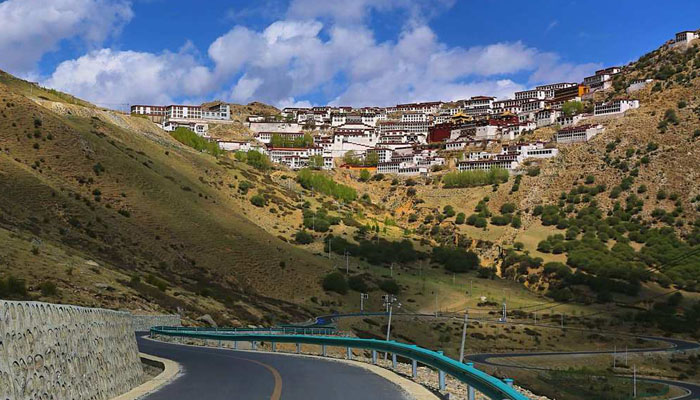 Ganden Monastery is the first monastery of the Gelug Sect of Tibetan Buddhism.
Ganden Monastery is the first monastery of the Gelug Sect of Tibetan Buddhism.Compared to Drepung and Sera Monastery, Ganden Monastery is farther from Lhasa, approximately 50 kilometers away. Therefore, the monastery is less crowded, allowing for a more immersive experience. While exploring Ganden Monastery, you can ascend to the mountaintop to have a panoramic view of the entire monastery and the distant Lhasa River valley.
5. Tashilhunpo Monastery - Seat of the Panchen Lama
Tashilhunpo Monastery is the largest in the Shigatse area and is one of the six most famous Gelugpa temples in China. It serves as the seat of the Panchen Lama and houses the largest Maitreya statue. Additionally, it features the only Buddha unfolding platform in Tibet for hosting grand Buddha exhibition activities.
When visiting Tashilhunpo Monastery, you can explore its Tsochin Hall, the temple's main hall where important ritual activities take place. Furthermore, there are halls dedicated to Shakyamuni Buddha, Maitreya Buddha, Tara, and Jambhala Buddha, among others. Each hall is worth visiting at a leisurely pace to savor and appreciate the intricate details. Moreover, every exhibit and display in Tashilhunpo Monastery holds a rich history, representing the artistic prowess and depth of Chinese Tibetan Buddhism.
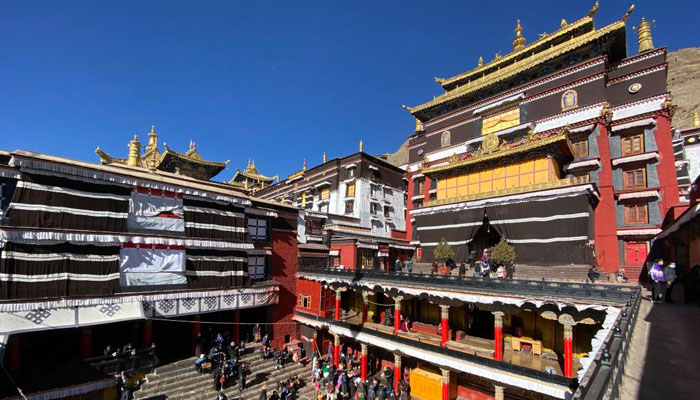 Tashilhunpo Monastery is seat of the Panchen Lama.
Tashilhunpo Monastery is seat of the Panchen Lama.6. Pelkor Chode Monastery - An Architectural Marvel in Gyantse
Palcho Monastery, also known as Pelkor Chode Monastery, is the only monastery where three sects of Tibetan Buddhism (the Sakya school, the Kagyu school, and the Gelug school) coexist. It represents a typical Tibetan Buddhist monastery building, combining the features of a pagoda and a temple.
The giant Kumbum Stupa inside the monastery is the most prominent and the only stupa of its kind in Tibet. This is not an ordinary pagoda; it is constructed from 100 Buddhist halls arranged in sequence. Standing at 42 meters in height with 108 chapels spread over nine stories, the stupa houses 100,000 Buddha statues, each meticulously painted. Due to its uniqueness, visiting Pelkor Chode Monastery is a must when traveling from Lhasa to Shigatse.
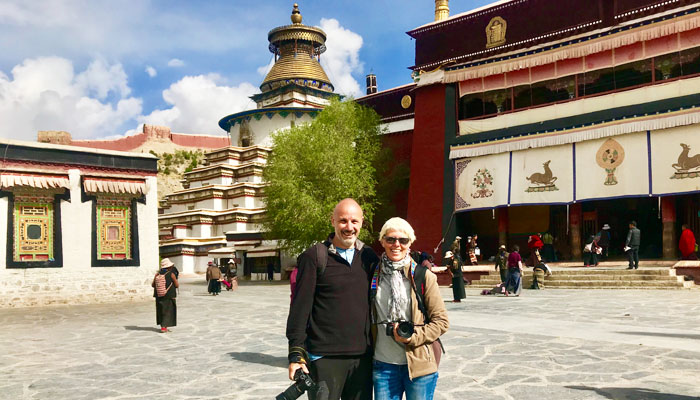 Visiting the Palcho Monastery and Kumbum Stupa in Gyantse
Visiting the Palcho Monastery and Kumbum Stupa in Gyantse7. Rongbuk Monastery - the Highest Tibetan Monastery and Gateway to Mount Everest
On the trip to Mount Everest, one will encounter Rongbuk Monastery, situated near the Everest Base Camp. The monastery holds the distinction of being the highest Tibetan Buddhist monastery globally, accommodating both monks and nuns. Rongbuk Monastery not only provides an ideal vantage point for a close-up view of Mount Everest but also offers accommodation options for tourists at EBC.
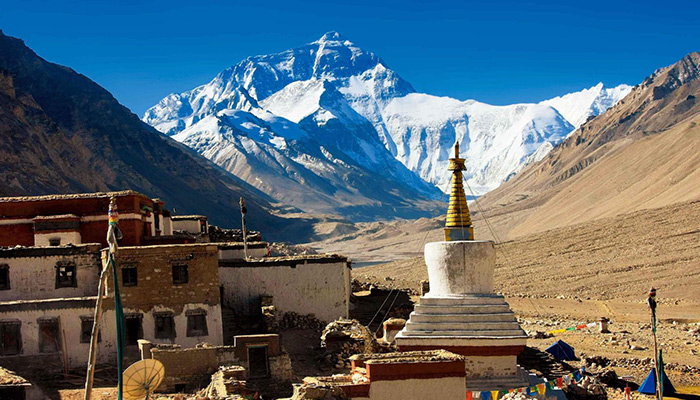 Rongbuk Monastery offers great view of Mount Everest.
Rongbuk Monastery offers great view of Mount Everest.Being more than 600 kilometers from Lhasa city, Rongbuk Monastery and Everest Base Camp are typically reached via an overland route along the well-paved Friendship Highway. The journey from Lhasa to EBC and Rongbuk Monastery takes you through Shigatse, Gyantse, Yamdrok Lake, and the Karola Glacier, among other fascinating places.
8. Samye Monastery - The Oldest Buddhist Monastery in Tibet
The Samye Monastery was built in the 8th century during the Tubo dynasty and was the first monastery in Tibet where monks were ordained. The architectural layout of the monastery is in light of the Buddhist concept of the universe, and the central temple blends Tibetan, Chinese, and Indian styles.
Samye Monastery is approximately 140 kilometers by road from Lhasa. The round trip from Lhasa to Samye Monastery takes about 5-6 hours, with 2-3 hours allocated for visiting the monastery itself. Typically, tourists can complete a day trip from Lhasa to Samye Monastery. However, if you also plan to visit attractions like Trandruk Temple along the way, it would require at least two days.
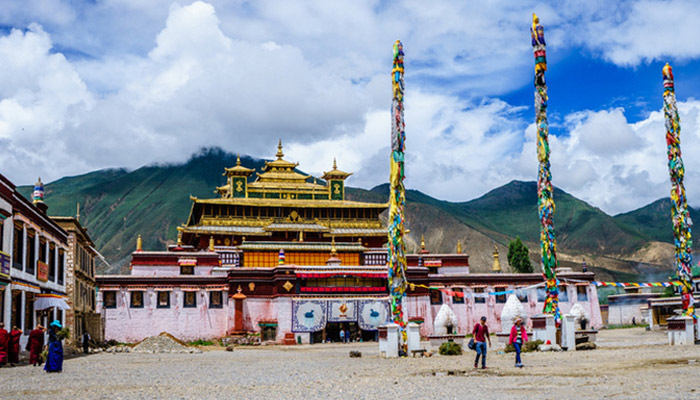 Samye Monastery is the first Buddhist monastery in Tibet.
Samye Monastery is the first Buddhist monastery in Tibet.9. Sakya Monastery - The Grey Soil Monastery as the Center of the Sakya Sect
If you want to visit some ancient temples with beautiful scenery, then you should not miss the Sakya Monastery, which is located on the Bonbori Hill of Sakya County, Shigatse. It is the primary monastery of the Sakya Sect, and is also known to many people as the “second Dunhuang” in Tibet. The monastery contains many antiques and collections dating back to Song, Yuan, Ming, and Qing dynasties.
"Sakya" is a transliteration of Tibetan, meaning gray and white soil. The walls of Sakya Monastery are painted red symbolizing Manjushri Bodhisattva, white symbolizing Guanyin Bodhisattva and cyan symbolizing Vajrapani Bodhisattva, so the Sakya Sect is also commonly known as the "Colorful Sect".
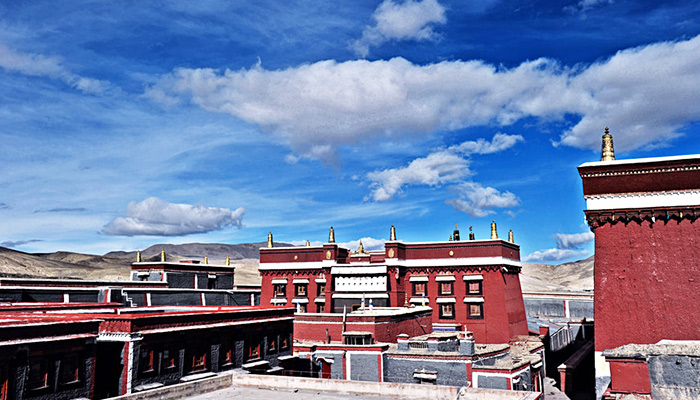 Sakya Monastery is the center of Sakya sect of Tibetan Buddhism.
Sakya Monastery is the center of Sakya sect of Tibetan Buddhism.Best Time to Visit a Tibetan Monastery
One can visit a Tibetan monastery throughout the year. If you wish to experience the ceremonies or festivities held in the monastery, the best times are from May to August and from December to February, as the most important Tibetan festivals occur during these months. For example, during the Shoton Festival, you may have the chance to watch the Buddha Thangka unfolding at Drepung Monastery or Sera Monastery.
Furthermore, the winter season is an ideal time to visit Tibetan monasteries since they are less crowded during this period. In contrast to the fewer tourists, more Tibetan pilgrims travel to Lhasa to visit the Jokhang Temple and other important monasteries. This offers you a greater opportunity to witness the religious rituals and traditions of monks and local people.
Recommended Routes to Visit Tibetan Monasteries
If you plan to tour Tibet for less than one week, you can visit Lhasa and central Tibet, where major monasteries are located. A four-day Lhasa city tour will enable you to visit Potala Palace and the important monasteries downtown. And if you want to visit Ganden monastery in the suburbs, you can add one day to take a five-day Lhasa and Ganden Monastery tour.
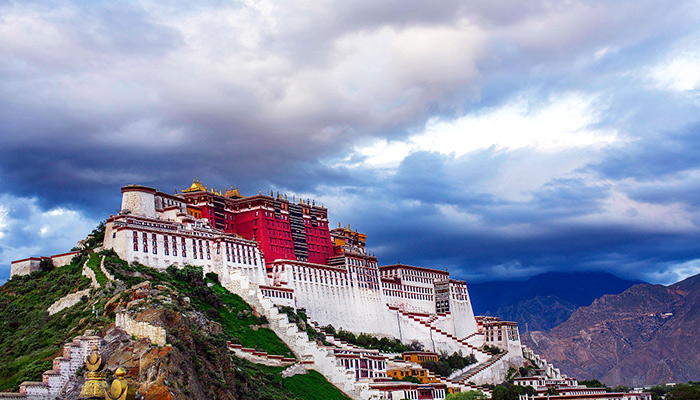 You can visit Potala Palace and important monasteries during Lhasa city tour.
You can visit Potala Palace and important monasteries during Lhasa city tour.A Lhasa to Tsedang tour of 6 days will focus on the monasteries and temples of central Tibet, which is also the culture and religious center of Tibet. Besides the must-visit monasteries in Lhasa, you will visit the Trandruk Monastery and Samye Monastery altogether. Along the travel road from Lhasa to Tsedang, you will also encounter beautiful scenery of the Yarlung Zangpo River.
If you have more time to explore both the monasteries and natural wonders of Tibet, it is recommended to travel the route from Lhasa to Shigatse via Gyantse. In this way, an 8-day Lhasa to Everest Base Camp tour is a perfect choice. You will not miss the major monasteries in Lhasa, Gyantse, and Shigatse, and even visit the Rongbuk Monastery at EBC. At the same time, the route connects Yamdrok Lake, Korala Glacier, Himalayan mountain views, and more highlighted nature parts of Tibet.
Of course, there are more options to travel different routes. If you have a particular monastery to visit, or you want to experience your Tibetan monastery tour on your way, you can contact our tour consultant to help arrange the ideal route according to your needs.
Dos and Don’ts when Visiting Monastery in Tibet
When touring Tibet, you need to know some rules about visiting a Tibetan monastery, in case you will not offend the monks or locals. Things like taking photos in the temples, and wearing skimpy outfits should be avoided. Walk clockwise or follow the footsteps of local prayers as you do the kora around the temple, and so on. If you are not sure about the taboos, ask your tour guide before you visit the monastery.
Conclusion
Visiting a Tibetan monastery will be a unique experience during your Tibet tour. And among the different monasteries and temples in Tibet, you can go to see some of the most significant ones, to learn more about Tibetan religion and culture on site. And you can plan a Tibet monastery tour following classic and popular routes, or some less-traveled itineraries, based on your own needs. If you still have any questions, please feel free to contact us for inquiries.
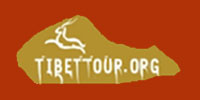
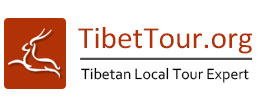


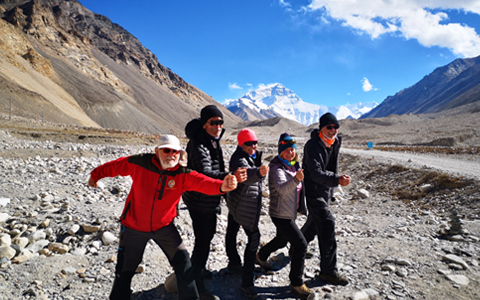
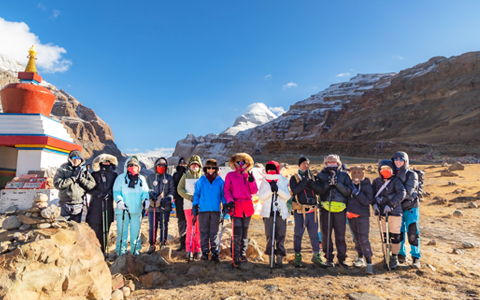
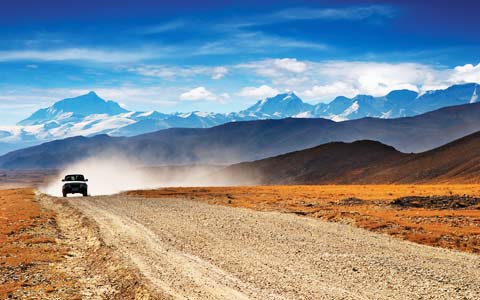
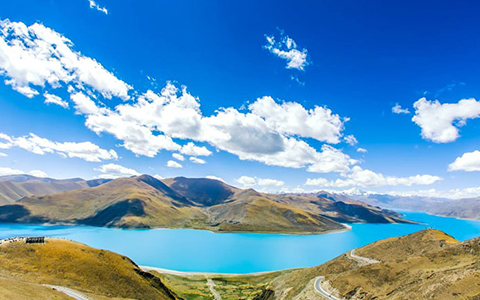
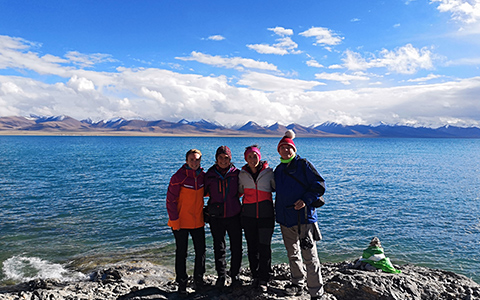
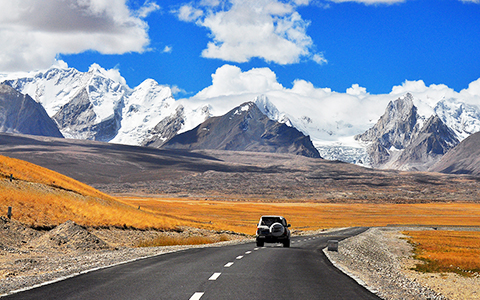
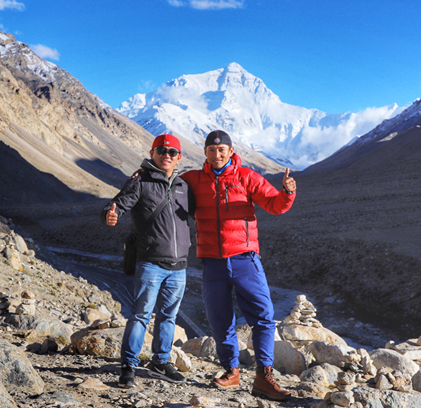
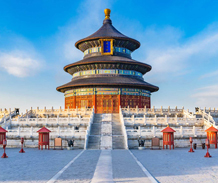
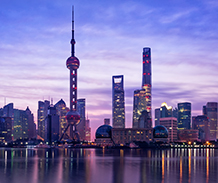
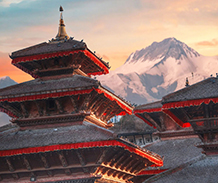
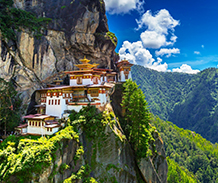
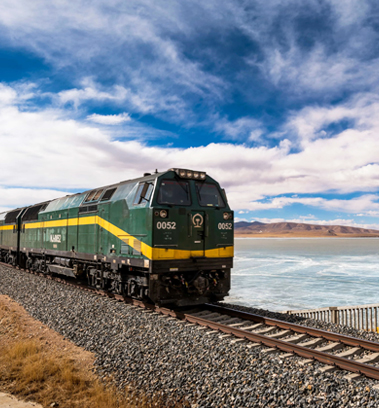
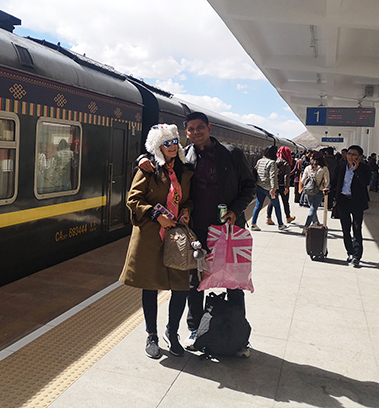
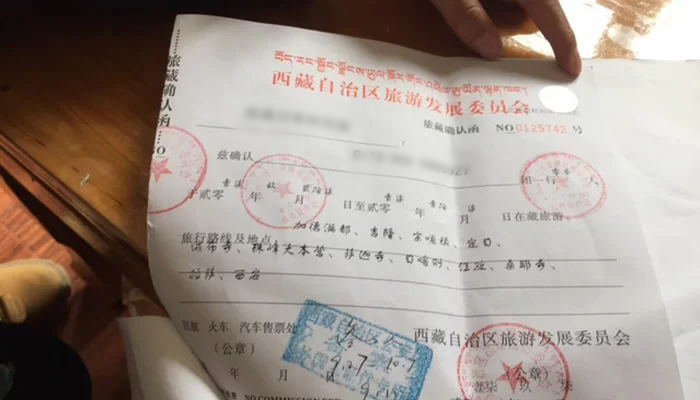
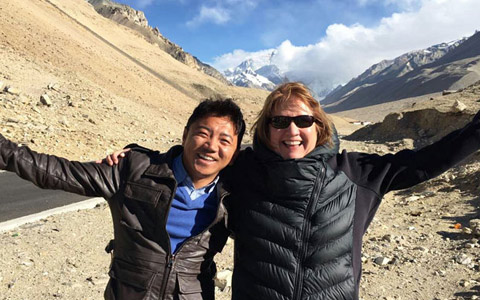
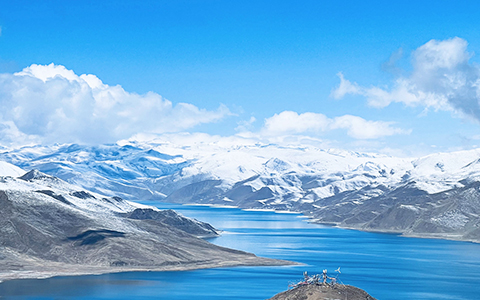
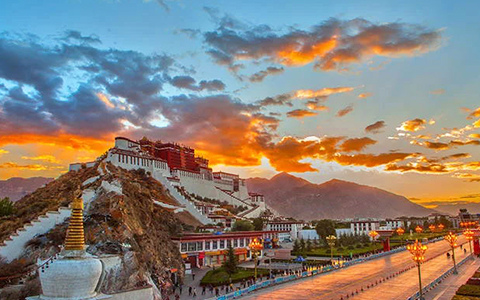
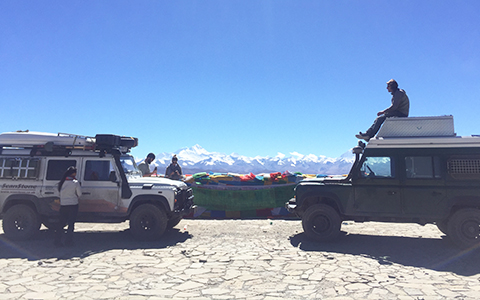



 Jokhang Temple holds supreme status in Tibetan Buddhism.
Jokhang Temple holds supreme status in Tibetan Buddhism.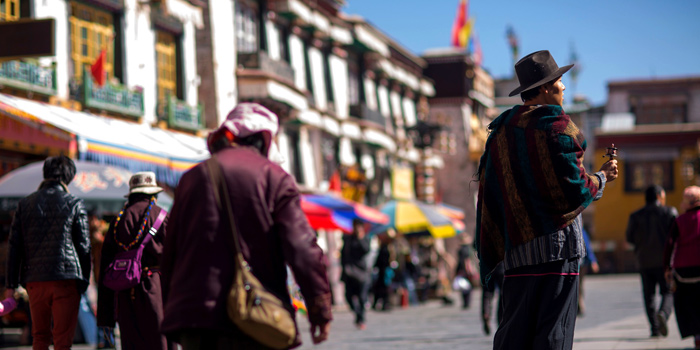
 Monks debating in Sera Monastery
Monks debating in Sera Monastery Visiting the Drepung Monastery, the largest monastery in Tibet.
Visiting the Drepung Monastery, the largest monastery in Tibet. Ganden Monastery is the first monastery of the Gelug Sect of Tibetan Buddhism.
Ganden Monastery is the first monastery of the Gelug Sect of Tibetan Buddhism.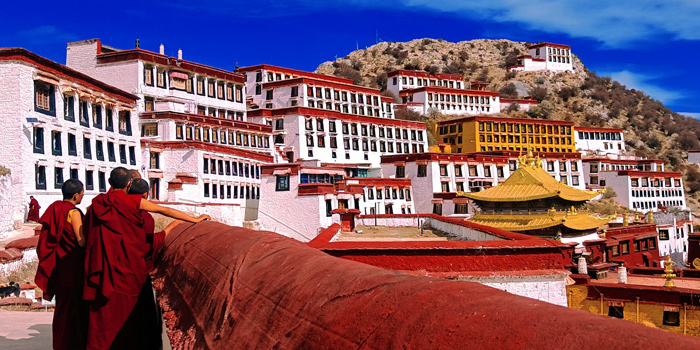
 Tashilhunpo Monastery is seat of the Panchen Lama.
Tashilhunpo Monastery is seat of the Panchen Lama. Visiting the Palcho Monastery and Kumbum Stupa in Gyantse
Visiting the Palcho Monastery and Kumbum Stupa in Gyantse Rongbuk Monastery offers great view of Mount Everest.
Rongbuk Monastery offers great view of Mount Everest.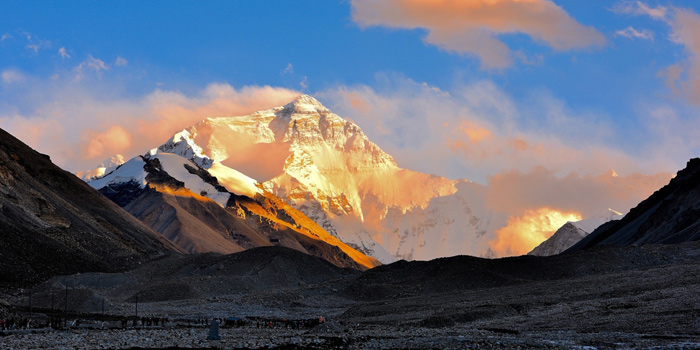
 Samye Monastery is the first Buddhist monastery in Tibet.
Samye Monastery is the first Buddhist monastery in Tibet. Sakya Monastery is the center of Sakya sect of Tibetan Buddhism.
Sakya Monastery is the center of Sakya sect of Tibetan Buddhism. You can visit Potala Palace and important monasteries during Lhasa city tour.
You can visit Potala Palace and important monasteries during Lhasa city tour.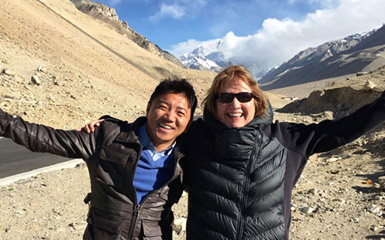
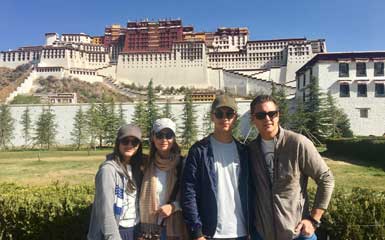
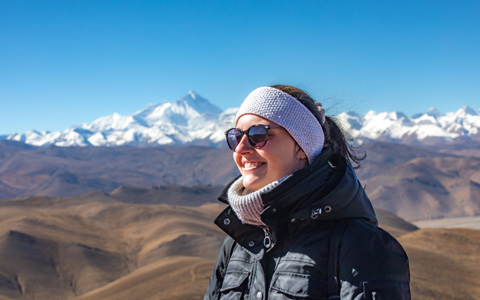
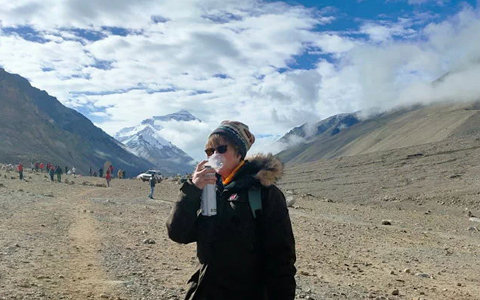
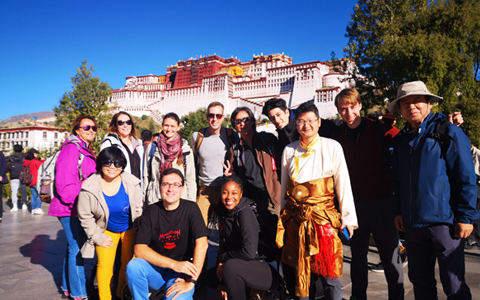
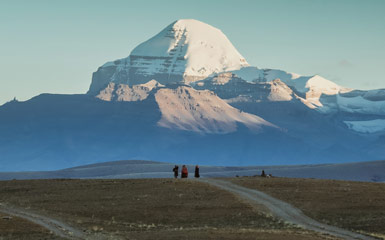
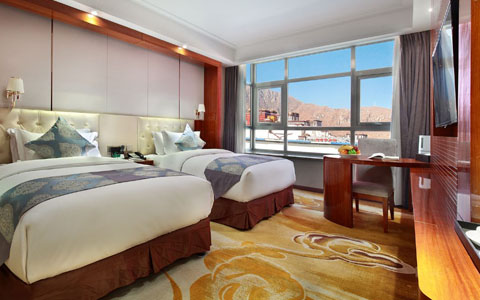
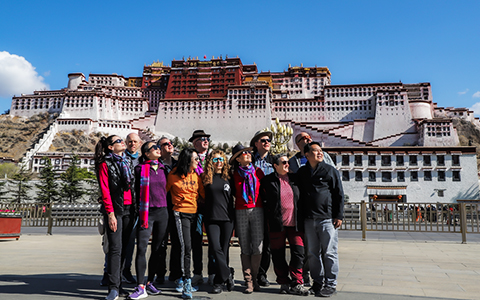

Ask a Quick Question